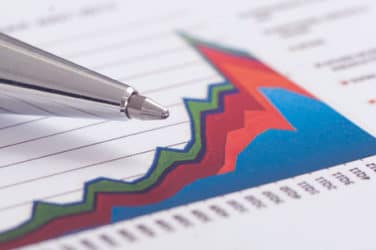
Established track records attract investors, despite Eurozone-induced volatility.
While difference between active and passive investing have long sparked a heated debate amongst investors, neither method can shield investors for market jitters in light of the recent Eurozone-induced volatility.
“It is clear that jittery market sentiments impact not just the active but passive managers too,” said Yoon Ng, a London-based senior analyst at Cerulli Associates. “Both actively and passively managed funds are used by investors to seek exposure to global equities.”
Cerulli Associates is a global research provider. According to Ng, the firm has not detected actual figures for fund flows and assets since the August sell-off in the U.S. equities market, but fearful investor sentiment is prevalent, regardless of their investing style, and regardless of fund size.
“When performance starts to falter, even the largest funds are not immune to poor performance and selling pressure,” Ng said, citing examples such as Schroders’ Absolute Return Emerging Markets Debt fund, which reported the largest outflows for the first half of 2011, at 60 million euros.
Passive instruments have been partially more spared. ETF net flows have managed to stay positive in June, but this stems largely from UBS’s emerging markets and Lyxo’s EURO STOXX50 ETFs, according to Ng.
As history may show, fearful investor sentiment can lead a rise in bond sales—as well as a flock to the best of breed managers.
“The concentration of sales within selected funds is increasingly acute and most evident in the bond sector with top five funds accounting for 70 percent compared to roughly 40 percent in both equities and mixed assets sectors for June,” noted Ng.
Despite an ongoing effort to reduce investor fees on mutual funds, Ng told Markets Media “investors have shown little fee sensitivity towards funds with strong long-term track records.” Such an example is the Orbis Global Equity fund—the largest global equity fund in Europe, despite charging high performance fees.
“Investors are willing to pay but only for quality managers with proven long term track record,” Ng said. “Our research shows that the largest ten funds in Europe all have total expense ratios above their category average and on a per dollar basis, active funds outperformed passive funds in three out of the five main asset classes using three years returns figures… suggesting the best brands and top performing funds, and able to command a premium.”




